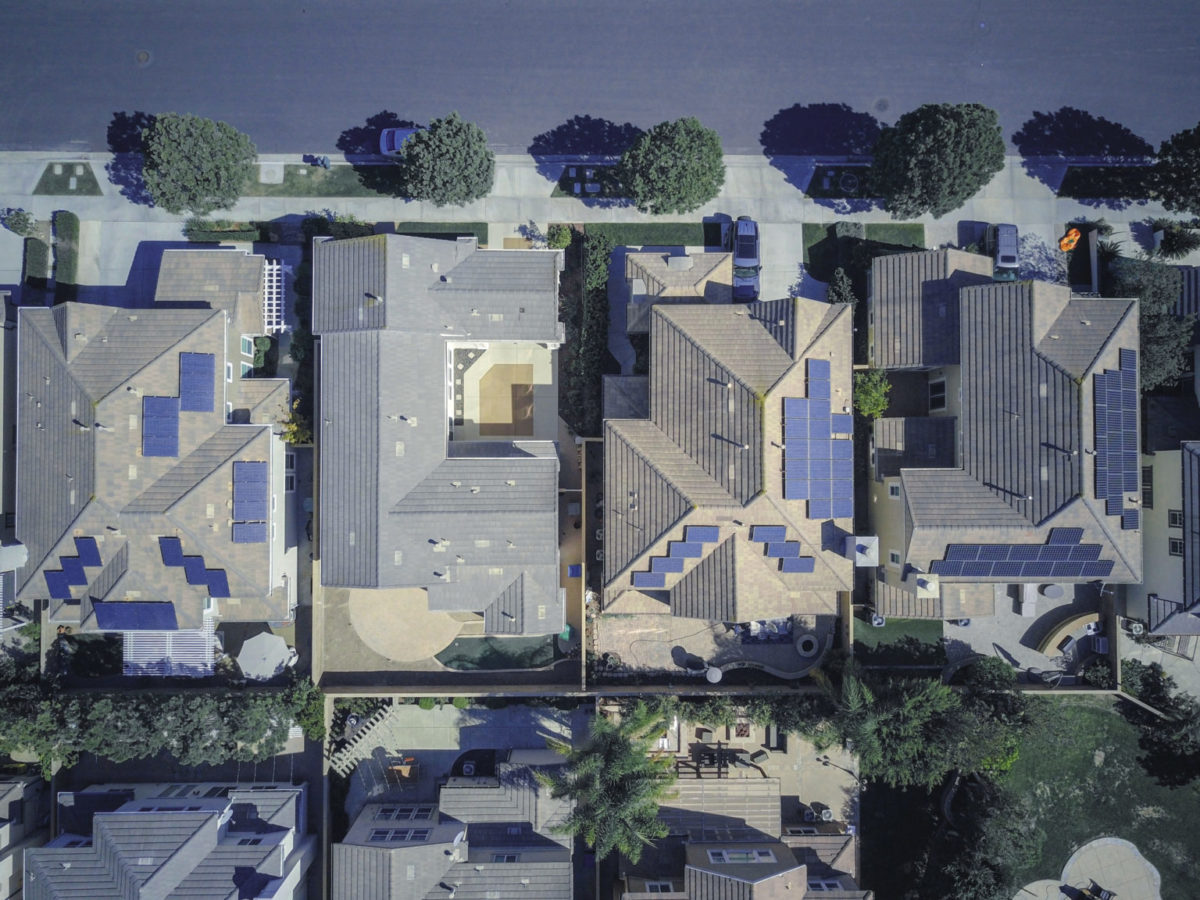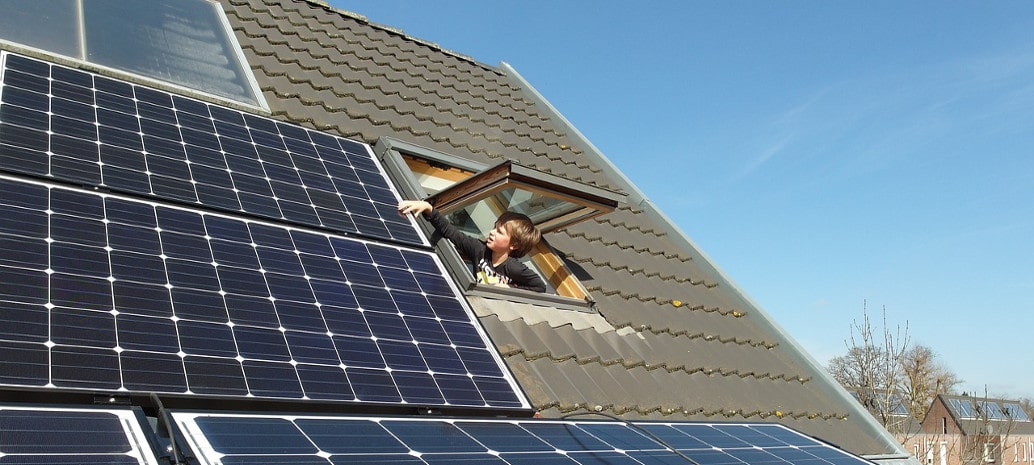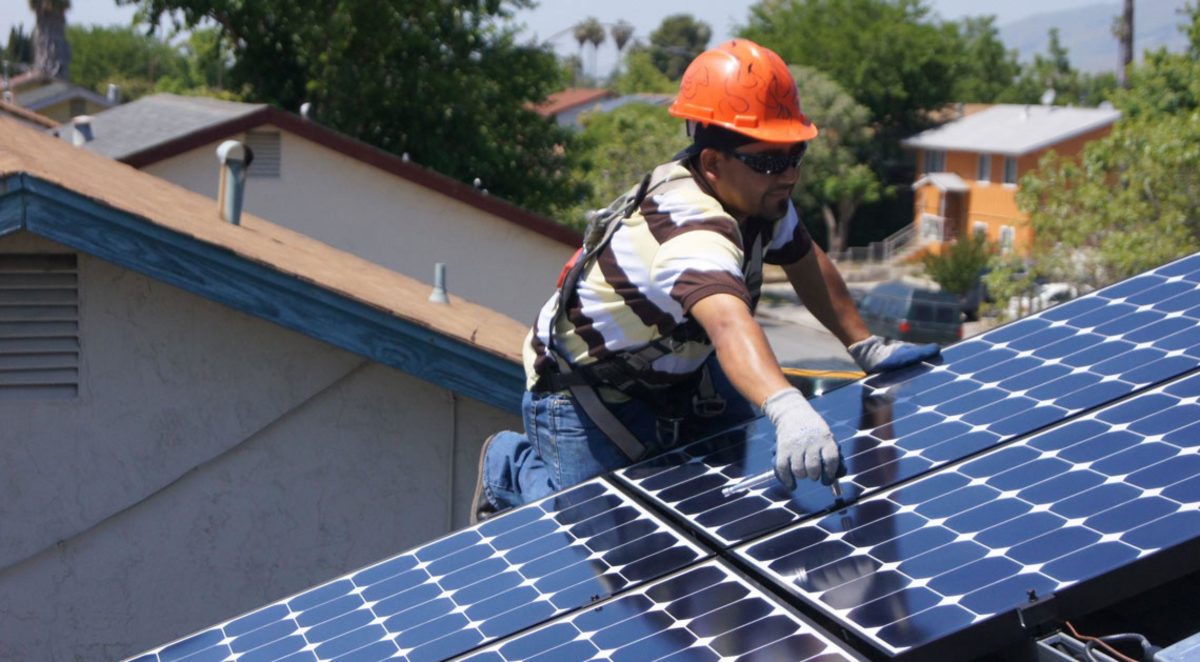
Go local, be free
Various visions of the disruption that the transition to cleaner, cheaper electricity sources will have on energy markets and supply exist. Critics anticipate expensive chaos, while advocates see a powerful new network emerge. Serial entrepreneur, venture capitalist and energy futurist Bill...
Published in December 2021, Freeing Energy explores the concept of our energy grid inevitably evolving in the same way that computers and the internet did – with local solar and battery storage replacing large-scale, centralized power plants as the most reliable and economical option, much in the same way personal computers and the invention of the cloud eclipsed existing mainframe technology. Using another metaphor, from the spoke-and-wheel to the network.
The main tenants behind local energy are relatively simple. Our current energy system, globally, but especially so in the United States, is outdated. Few argue this point. It was developed during a time when the idea of being able to power one’s home was novel, and when building large, centralized power stations was the most cost-effective and reliable way to deliver that power.
It’s an idea that Bill calls “Big Grid” in the same way that one may lump Google, Meta, and Amazon together as “Big Tech.” In Freeing Energy, the Big Grid serves as the energy transition’s antagonist, rather than the usual culprits of utilities or the regulators that oversee them. As Nussey sees it, while these actors may make contributions that stifle our transition to clean energy, their decisions are largely influenced by the need to operate in the system that they were made for: sustaining the Big Grid.
One of the core tenets of Freeing Energy is understanding that, unlike coal or natural gas, solar energy is a technology, not a fuel, meaning that it is more subject to rapid innovations and improvements, as well as dramatic cost reductions as production volume increases – also known as Wright’s Law, which open up supply chains and lower overall costs.
In a sense, instead of working as suppliers, utilities would begin to work as aggregators, marketplace management arms, and a marketplace platform. “They go from being Walmart to being eBay,” says Nussey, always quick with an analogy. “You can’t move into the future by saying ‘I don’t want utilities,’ you can’t make utilities go away. Society as we know it would collapse … There’s good reasons why utilities are separate corporations. They can access an amount of capital that nobody wants to be taxed to pay.”








